Capturing the Sinking of Joshimath
Behind the Scenes of My Documentary Journey
12/10/2024
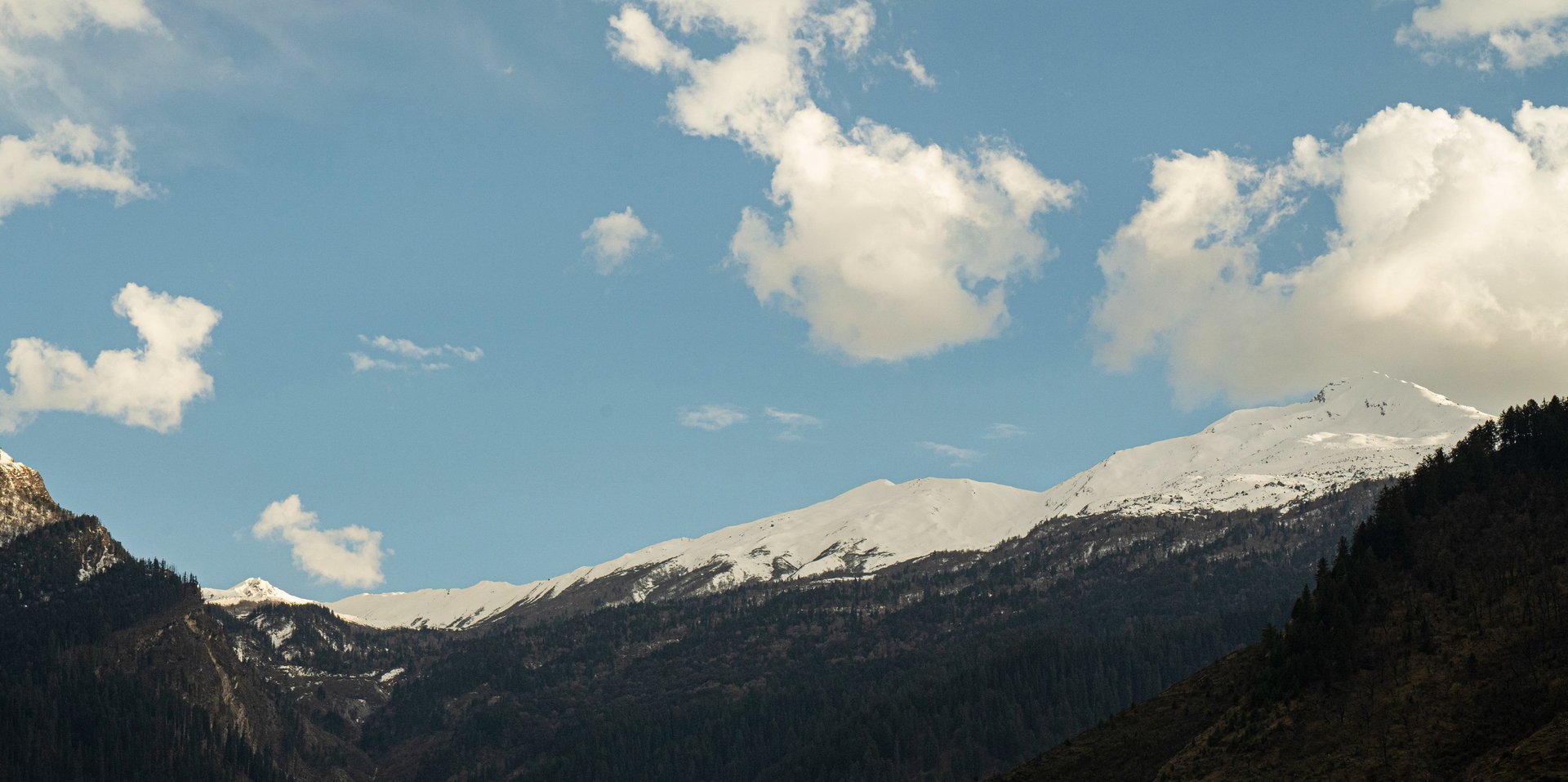
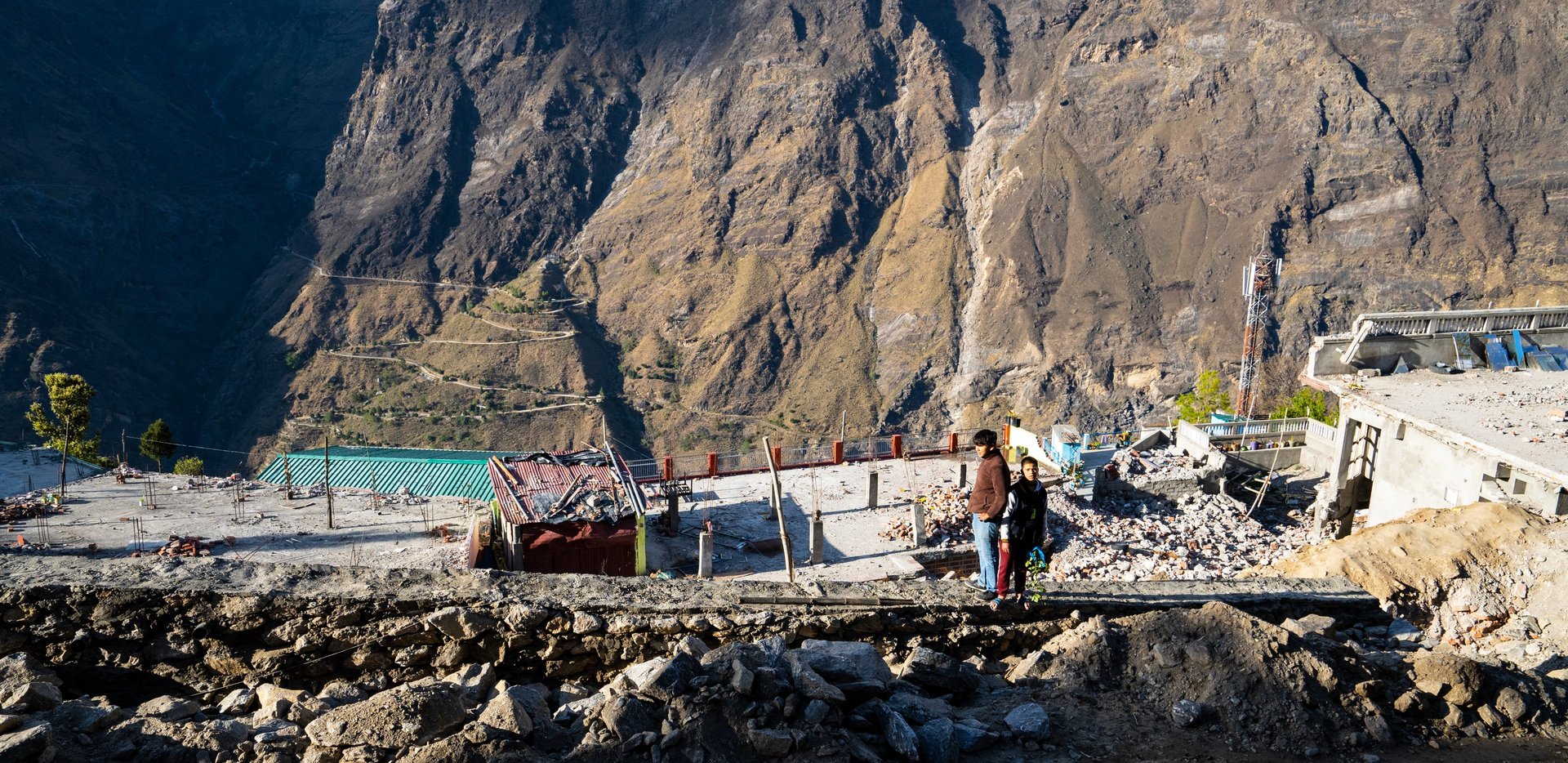
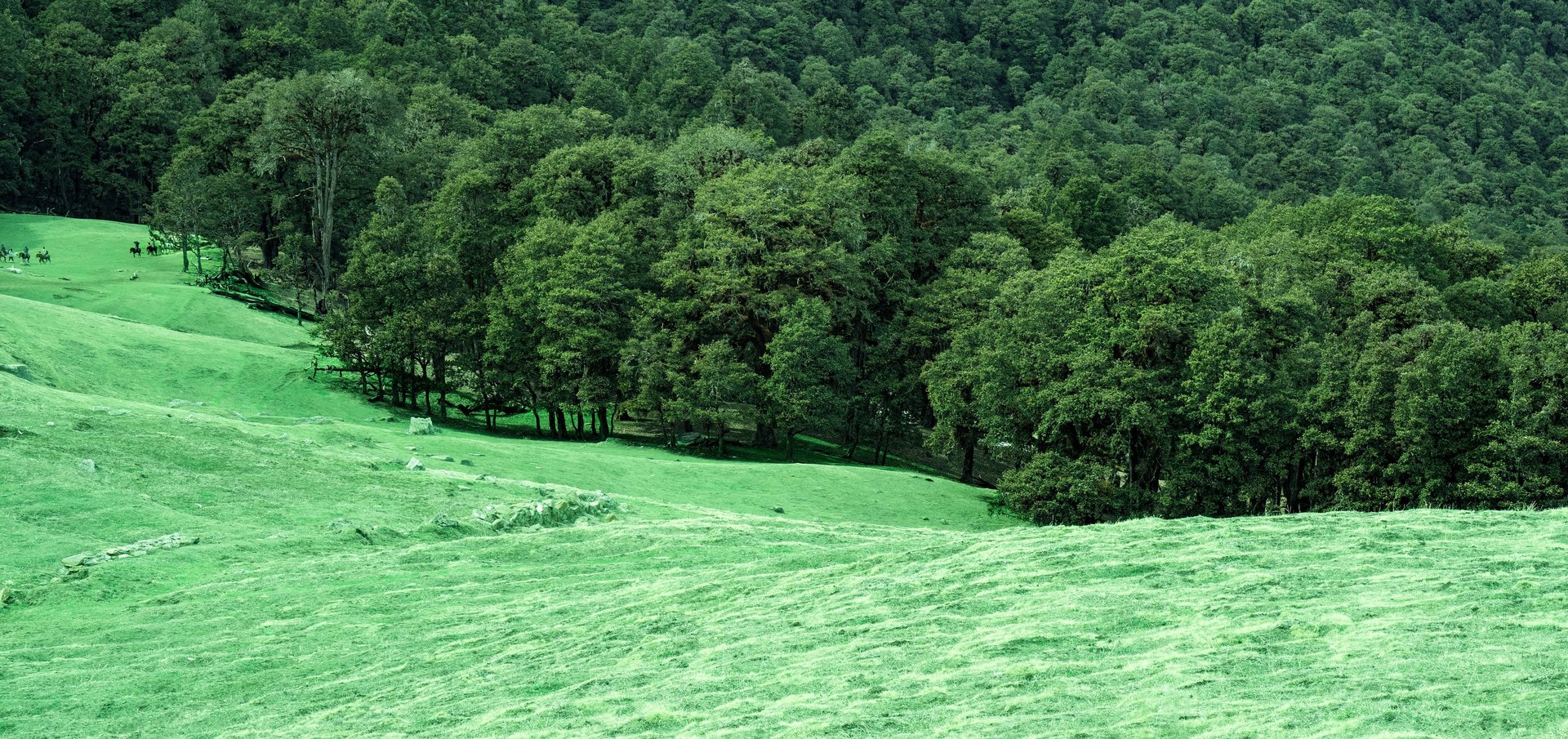
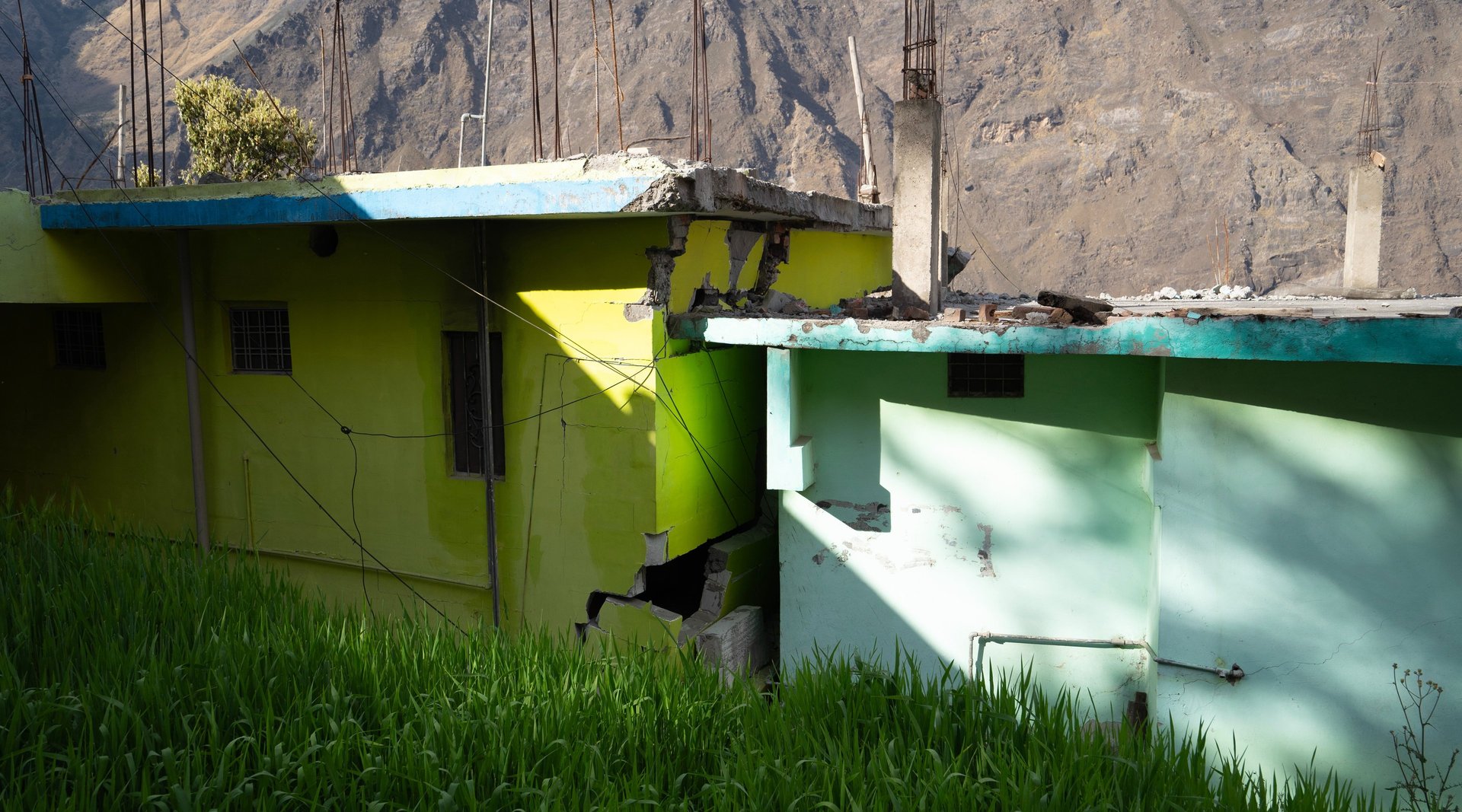
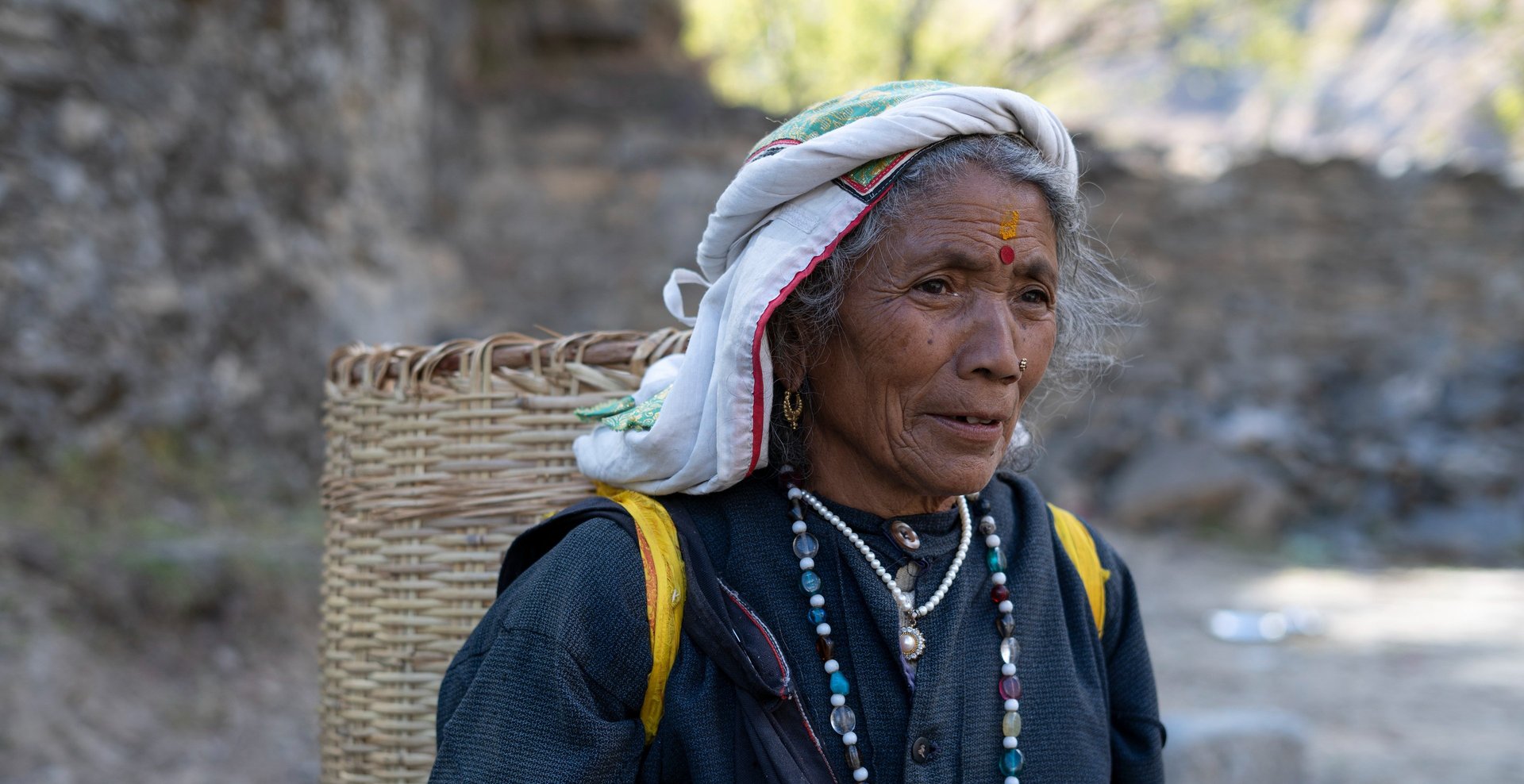
In May 2023, I embarked on a journey to Joshimath, a Peaceful Himalayan town Situated in the Chamoli district of Uttarakhand. This wasn’t just a regular travel expedition; it was a research project to document the environmental and social impact of a disaster that shook the region in January 2023. This disaster left Joshimath with extensive cracks and sinking land, displacing residents and becoming a headline-grabbing tragedy.
Despite reading numerous articles about the incident, I felt compelled to witness and understand the reality firsthand. The following account details my journey, the heartwarming experiences I had with locals, and the deep insights I gained about Joshimath's landscape, culture, and challenges.
Joshimath: A Brief Introduction
Joshimath, situated at an altitude of approximately 6,150 feet above sea level, sits on the slopes descending from the Trishul Peak and along the banks of the Alaknanda River. The town, surrounded by towering circular hills, acts as a natural shield against the icy winds of the High Himalayas. Joshimath also serves as a gateway to some of Uttarakhand's most significant religious and tourist destinations, including Badrinath, Auli, the Valley of Flowers, and Hemkund Sahib.
The Journey: Challenges and Awe-Inspiring Views
My journey began in Haldwani, from where I boarded a bus to Karnaprayag. After a day’s rest in Karnaprayag, I continued to Joshimath, traversing narrow roads lined with landslide-prone areas and road-widening construction work.
Despite the challenges, the sights were breathtaking. Lush green mountains, the sound of birdsong, and the soft whispers of the wind transformed the bus ride into an unforgettable experience. However, as I approached Joshimath, the beauty of nature was juxtaposed with the stark reality of the disaster. Large cracks marred the roads and homes, serving as a grim reminder of the region’s plight.
Facing Challenges on Arrival
Being my first time in Joshimath, I had no local contacts. Accommodation turned out to be a significant hurdle as many hotels were housing displaced residents under temporary government rehabilitation programs. The inflated prices made it impossible for me to afford a stay.
However, the true warmth of Joshimath lies in its people. I made friends with the locals, who helped me find affordable accommodation and food. Their assistance was a reflection of the community's resilience and compassion, showing their willingness to support others even in difficult times.
A Journey Through the Impacted Areas
On my second day in Joshimath, I met Ashish, a local who became my guide. He helped me navigate through the most affected sites and connected me with the residents, who shared their personal stories of loss, resilience, and hope. His guidance allowed me to gain a deeper understanding of the crisis, and the firsthand accounts I heard painted a vivid picture of Joshimath’s current struggles and the community’s unwavering strength in the face of adversity.
Current Situation in Joshimath
As of 2023, Joshimath continues to recover from the devastating effects of the sinking land. While temporary rehabilitation efforts are ongoing, the cracks and structural damage remain a constant reminder of the challenges faced by its residents. Environmental concerns, coupled with the strain of unregulated construction and tourism, demand urgent attention.
Reflections
My journey to Joshimath was not just about documenting a disaster—it was about connecting with a community that has withstood nature’s fury with unyielding strength. The town’s cultural richness, the resilience of its people, and its unparalleled beauty left an indelible mark on me.
Joshimath stands as a poignant reminder of nature’s power and the need for sustainable development. Visiting this Himalayan gem offers more than scenic vistas—it’s an opportunity to experience the courage and warmth of its people.


